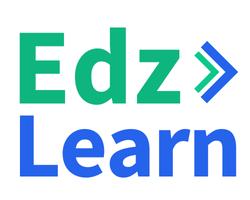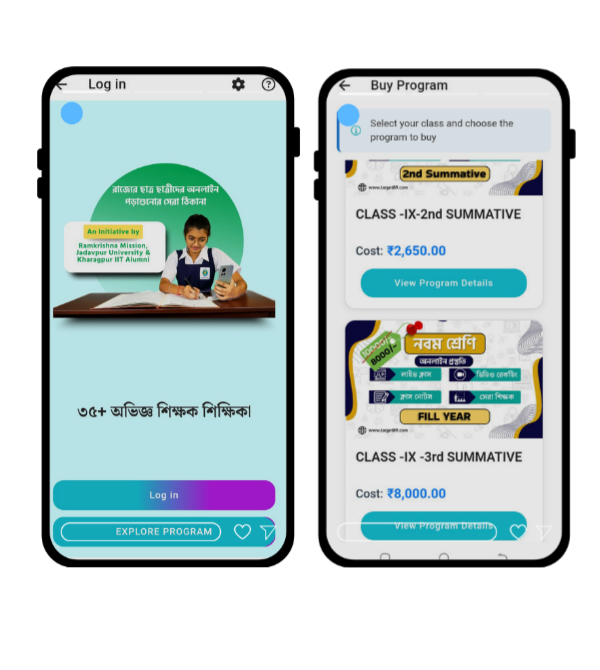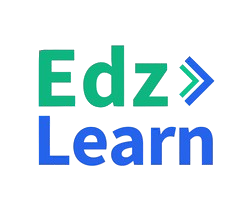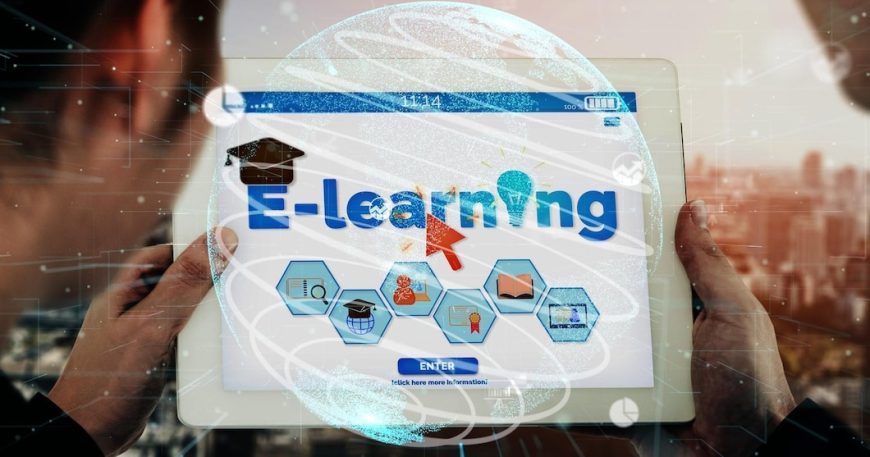The landscape of language learning has changed significantly over the last decade. Gone are the days when learning a new language required intensive classroom sessions, physical textbooks, and a rigid timetable. Today, Learning Management Systems (LMS) have emerged as dynamic tools, driving accessibility, engagement, and flexibility in language learning. With their adaptive technology, LMS platforms offer personalized, anytime-anywhere education, reshaping how people approach and master new languages.
The Rising Demand for Multilingual Proficiency
In an increasingly interconnected world, multilingualism is no longer just an asset; it’s a necessity. As global markets expand and companies collaborate internationally, the ability to communicate in multiple languages enhances both professional and personal interactions. Students, travelers, and professionals alike seek to acquire language skills quickly, flexibly, and with tools that adapt to their unique learning styles and schedules.
LMS platforms have emerged as the ideal medium for catering to this demand. Unlike traditional learning methods, they bring an interactive, personalized, and goal-oriented approach to language acquisition. Let’s dive into the ways LMS platforms are revolutionizing language learning globally.
1. Personalized Learning Paths for Effective Language Acquisition
One of the primary challenges of learning a new language is keeping up with the varied pace of learning among students. Everyone’s journey in mastering a language is unique, and a one-size-fits-all approach often fails to yield the best results. LMS platforms enable adaptive learning paths, tailoring content to match the learner’s current level, preferred pace, and specific needs.
For example, beginners focusing on conversational skills can bypass complex grammar modules until they’re ready, while advanced learners can dive straight into nuanced language constructs. Many LMS platforms also leverage AI-driven assessments to continually adjust the learning path based on the user’s progress, ensuring that learners spend time where they need it most.
2. Interactive Features and Gamification to Boost Engagement
Language learning can sometimes feel repetitive and challenging, especially when dealing with vocabulary and grammar rules. To counteract this, LMS platforms are integrating gamification elements, turning lessons into engaging activities. With rewards, leaderboards, and badges for achievements, learners are motivated to reach new levels of proficiency.
Interactive exercises, such as vocabulary quizzes, flashcards, and pronunciation challenges, are not only engaging but also reinforce memory retention. Platforms like EdzLMS incorporate tools like H5P to create interactive content that keeps learners engaged and active participants in their language journey. By tapping into these game-like elements, learners are more likely to stay motivated and consistent.
3. Real-Time Feedback and Instant Assessments for Faster Improvement
Immediate feedback is critical in language learning, where errors in pronunciation, grammar, or sentence structure can hinder fluency. LMS platforms offer real-time feedback through various tools, allowing learners to make corrections on the spot. This instant feedback, facilitated by AI tools and live assessments, helps learners understand their mistakes and improve continuously.
For instance, many LMS platforms integrate AI-based pronunciation tools that can identify subtle errors in spoken language, helping learners practice pronunciation without waiting for teacher feedback. Additionally, instant grading of quizzes and assignments provides a clear understanding of areas that need improvement, helping learners to progress more confidently.
4. Virtual Classrooms and Global Community Building
Learning a language goes beyond memorizing words and rules; it requires practice, immersion, and interaction. Virtual classrooms within LMS platforms create a sense of community where learners can interact with peers, practice conversations, and participate in group activities. This feature provides opportunities for real-life language practice, which is often missing in self-study methods.
By connecting learners with native speakers or advanced learners, LMS platforms foster an environment similar to traditional language immersion programs. Discussion boards, live chat rooms, and peer feedback sessions allow students from different parts of the world to exchange cultural insights and practice language skills, further enriching the learning experience.
5. Multimedia Resources for a Holistic Learning Experience
Language learning involves four key skills: reading, writing, speaking, and listening. LMS platforms integrate multimedia resources like audio, video, and written content to address all aspects of language acquisition. Interactive videos with subtitles, audio exercises, and role-play scenarios help learners immerse themselves in a language and practice skills comprehensively.
By including diverse media types, LMS platforms cater to different learning styles, making it easier for visual, auditory, and kinesthetic learners to grasp concepts. For example, video lessons with native speakers provide learners with the nuances of pronunciation, intonation, and conversational flow that textbooks can’t capture.
6. Mobile Learning: Language Learning Anytime, Anywhere
With the busy lives of today’s learners, flexibility is paramount. LMS platforms offer mobile-friendly solutions that allow learners to access content on the go. Mobile apps enable users to practice their language skills during daily commutes, lunch breaks, or even while traveling. This mobility transforms idle time into productive learning sessions, accelerating progress for those with limited free time.
Mobile learning is particularly beneficial for developing conversational skills, as learners can practice phrases, vocabulary, and pronunciation through voice recognition features built into LMS apps. These tools create an immersive experience, allowing users to incorporate language learning into their daily lives seamlessly.
7. Artificial Intelligence and Machine Learning for a Tailored Experience
Artificial Intelligence (AI) and Machine Learning (ML) are core drivers of LMS platforms, enabling an even more personalized language learning experience. AI-powered chatbots, for example, can simulate conversational practice, offering learners instant interaction and feedback. Machine Learning algorithms also analyze a learner’s progress to provide personalized recommendations for improvement areas, such as vocabulary building or grammar.
In addition, AI-powered voice recognition assists in honing pronunciation skills, while translation tools make it easier for learners to understand and translate phrases in real-time. By incorporating these technologies, LMS platforms make language learning not just personalized but also highly efficient and scalable.
8. Cultural Context and Language Sensitivity
LMS platforms also understand that learning a language means understanding the cultural nuances behind it. Many platforms incorporate cultural content and context to help learners avoid misunderstandings or incorrect usage of words and phrases. This approach broadens the learner’s knowledge, making them more culturally aware and linguistically competent.
Additionally, courses within LMS platforms often include regional dialects and idiomatic expressions, enhancing learners’ cultural understanding. This kind of exposure helps learners use language in a contextually appropriate manner, bridging gaps that often exist in traditional language learning.
Conclusion: A New Era of Language Learning
The shift towards LMS platforms in language learning signals a broader transformation in education, one that values accessibility, personalization, and user engagement. By combining interactive tools, real-time feedback, virtual classrooms, and AI-driven personalization, LMS platforms are dismantling the barriers of traditional language learning and making fluency achievable for people worldwide.
With the global demand for multilingual proficiency only set to increase, the role of LMS platforms will continue to expand, bringing language education to individuals and communities in innovative and impactful ways. For anyone considering a new language, today’s LMS platforms offer an exciting, effective, and enjoyable way to achieve linguistic goals—anytime, anywhere.
This Blog is Written By Ritika Sexena, Content Writer and Social Media Manager at Edzlearn Services PVT LTD.
For More Information Connect With Her on Linkedin : https://www.linkedin.com/in/ritika-saxena0355/
Read our Recent Blogs: https://edzlms.com/blogs/
Download our Recent Case Study: https://edzlms.com/case-study/
For anything related to LMS, feel free to reach out or book an appointment at :
https://calendly.com/edzlms/30min.















